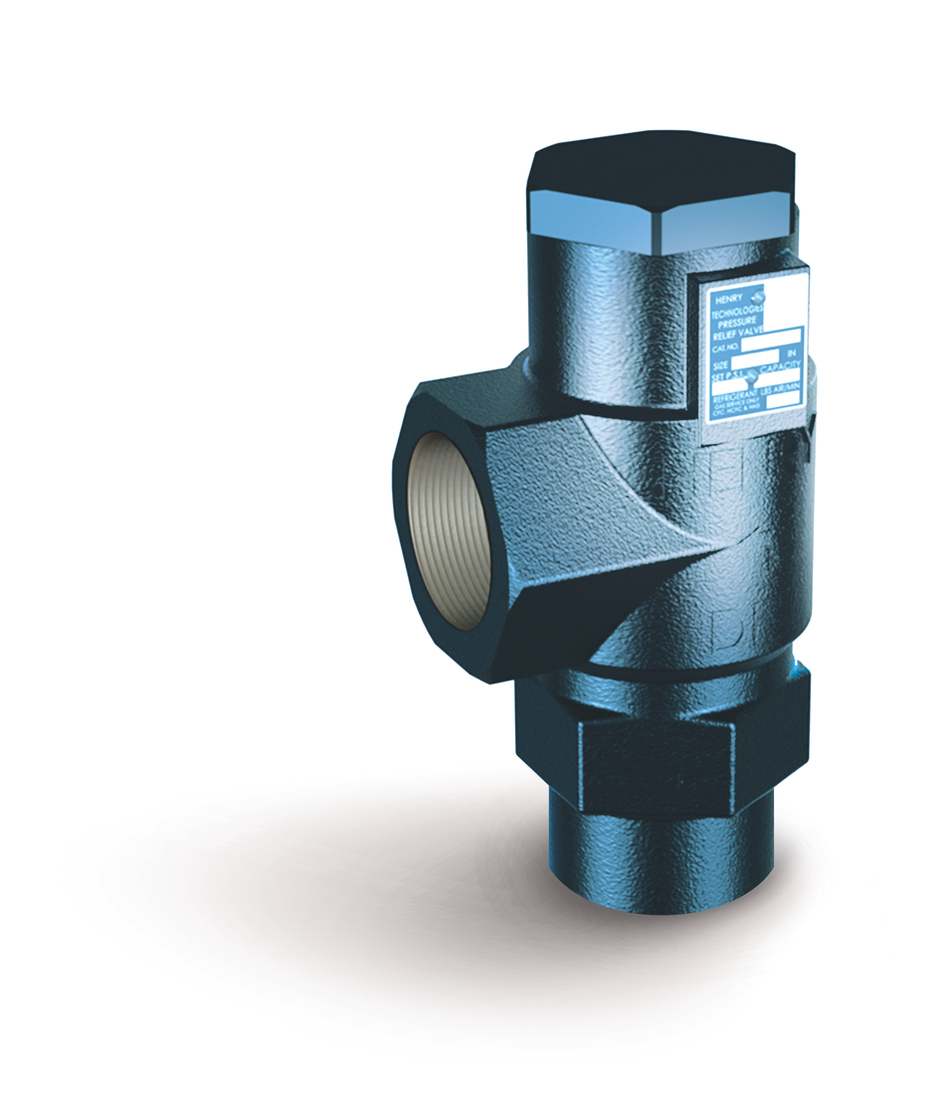The Importance of a Crossover Relief Valve
06-16-25

In industrial applications where precise pressure control and system safety are paramount, the crossover relief valve stands as a critical component that often determines the difference between smooth operations and costly downtime. This specialized valve technology plays an essential role in maintaining optimal pressure differentials across complex piping systems, making it indispensable for industries ranging from oil and gas to chemical processing and power generation.
Understanding Crossover Relief Valve Functionality
A crossover relief valve serves as a sophisticated pressure management device designed to automatically redirect flow between different sections of a piping system when predetermined pressure differentials are exceeded. Unlike standard relief valves that simply vent excess pressure to atmosphere, a crossover relief valve intelligently transfers fluid from the high-pressure side to the low-pressure side of the system, maintaining operational efficiency while protecting equipment from potentially damaging pressure spikes.
The valve operates through a carefully calibrated spring-loaded mechanism that responds to pressure differentials across the valve body. When the upstream pressure exceeds the downstream pressure by a preset amount, the valve opens to allow controlled flow crossover, effectively balancing the system pressures. This automatic operation ensures continuous protection without requiring manual intervention or external control systems.
Critical Applications in Industrial Settings
The crossover relief valve finds its most crucial applications in systems where maintaining specific pressure relationships is essential for both safety and operational efficiency. In pipeline systems, these valves protect against pressure surges that can occur during pump startup, valve closures, or flow direction changes. The ability to automatically redistribute pressure prevents equipment damage while maintaining system integrity.
Chemical processing facilities rely heavily on crossover relief valve technology to manage pressure differentials in reactor systems, distillation columns, and heat exchangers. The precise pressure control these valves provide ensures optimal reaction conditions while preventing dangerous over-pressurization that could lead to equipment failure or safety incidents.
Power generation plants utilize crossover relief valves in steam systems, cooling circuits, and fuel handling applications. The valves’ ability to maintain proper pressure balance across complex piping networks helps optimize energy efficiency while protecting expensive turbines, boilers, and auxiliary equipment from pressure-related damage.
Operational Advantages and System Benefits
Implementing a properly sized crossover relief valve offers numerous operational advantages that directly impact both safety and profitability. The automatic pressure balancing capability reduces mechanical stress on piping systems, extending equipment life and reducing maintenance requirements. This predictive pressure management helps prevent catastrophic failures that could result in extended downtime and expensive repairs.
From an efficiency standpoint, crossover relief valves help maintain optimal operating conditions by preventing pressure-induced flow restrictions or equipment performance degradation. The ability to redirect rather than waste pressurized fluid contributes to overall system efficiency and reduces energy consumption.
The valve’s rapid response characteristics provide immediate protection against transient pressure events that might otherwise damage sensitive equipment. This quick-acting protection is particularly valuable in applications where pressure surges can develop rapidly and cause significant damage before manual intervention is possible.
Design Considerations and Selection Criteria
Selecting the appropriate crossover relief valve requires careful consideration of several critical factors. The valve’s pressure rating must match or exceed the maximum system pressure, while the flow capacity must accommodate the expected crossover volumes during normal and emergency operating conditions. Material compatibility with the process fluid is essential to ensure long-term reliability and prevent corrosion-related failures.
Temperature considerations play a crucial role in valve selection, as extreme temperatures can affect spring characteristics and seal performance. The valve’s response time must align with system requirements, particularly in applications where rapid pressure changes are common.
Installation location and accessibility are important factors that influence both initial selection and long-term maintenance requirements. The crossover relief valve should be positioned to provide optimal protection while remaining accessible for inspection, testing, and maintenance activities.
Maintenance and Reliability Factors
Maintaining peak performance from a crossover relief valve requires adherence to established maintenance protocols and regular performance verification. Periodic testing ensures the valve opens at the correct pressure differential and closes completely when conditions normalize. Spring calibration checks help maintain accurate set points and prevent drift that could compromise system protection.
Seal integrity inspection prevents internal leakage that could affect valve performance and system efficiency. Regular maintenance of moving components ensures smooth operation and prevents sticking that could delay valve response during critical events.
Establishing a comprehensive maintenance schedule based on operating conditions and manufacturer recommendations helps maximize valve life while ensuring reliable protection. Documentation of maintenance activities and performance testing results provides valuable data for optimizing maintenance intervals and identifying potential issues before they affect system operation.
Future-Proofing Industrial Systems
As industrial systems become increasingly complex and operating pressures continue to rise, the importance of reliable crossover relief valve technology will only grow. Modern valve designs incorporate advanced materials and manufacturing techniques that provide enhanced durability and performance in demanding applications.
The integration of smart monitoring technologies with traditional crossover relief valve designs offers new opportunities for predictive maintenance and system optimization. These advanced systems can provide real-time performance data and early warning of potential issues, helping operators maintain peak system performance while minimizing maintenance costs.
Contact Everlasting Valve today to discuss your project requirements.